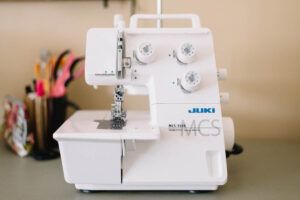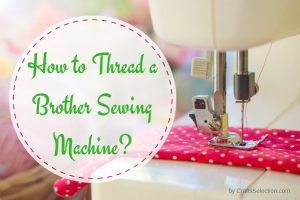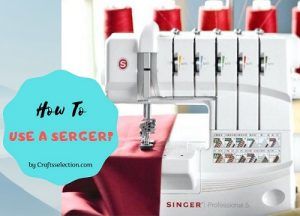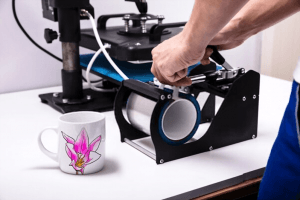So, you have finally decided to up your game and get yourself a dress form huh?
Or maybe you have simply gotten tired of sewing garments without knowing how they would actually look on you?
Well, it’s about time. However, if you have never bought a dress form, it can be tricky knowing the exact size you need to get, let alone even how to measure yourself for one.
While it can be attractive to get your measurements done professionally, we can all agree that this is not always a feasible and convenient option.

In this age of instant gratification, most of us prefer doing most things from the comfort of our homes. You will also realize that taking measurements of yourself is very easy. In fact, you don’t even need someone else to help you.
In this article, we will provide you with all the information you need to measure yourself for a dress form. Interestingly, all you need for this is a pen, a tape measure, a mirror, and a piece of paper
How to Measure Yourself for a Dress Form
Before we get into the nitty-gritty, you have to first understand that there are three main parts of your body that you will need to take your measurements at; your bust, your waist, and your hips.
Below we delve into the details of taking each of these measurements.
Bust
This is the region where your nipples are and it is measured by placing a tape measure around its circumference.
It is important to note that you don’t have to be accurate here unless you are creating bustiers.
To properly take this measurement, place a pin at the center of your bust to mark the horizontal degree of this measurement.
Also, it is best to measure other parts of the bust, one of which is the upper chest; the area just above the bust line circling around the body and under the arms.
Another important area is the high chest which is measured from the middle of the armhole, across the front.
Waist
As we all probably know, your waist is the narrowest part of your body. It is measured by placing a tape measure around this circumference.
When taking this measurement, make sure you relax and exhale.
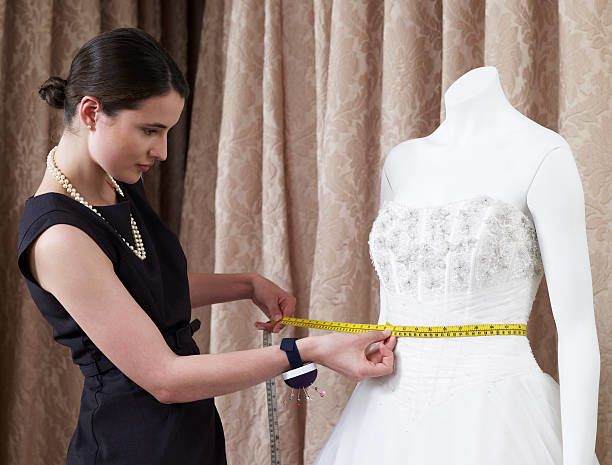

Hips
Depending on your body type, your hip can either be where your hip bone protrudes or slightly below. The hip measurement is taken around the circumference of this whole area.
After taking this measurement, I would also advise that you take time to measure other parts of your lower body. These include the circumferences of the thigh, the leg, knee cup, and the leg.
In case you intend to handle trousers and pants, you should also take inseam and outseam measurements as well. These measurements are taken from the bottom of the crotch between the legs, all the way down to the ankle, and the distance between the waist and ankle area respectively.
Common Vertical Measurements
You need to be keen while taking these measurements because they are very important when creating a silhouette.
When taking these vertical measurements to ensure that you cover the back width (the horizontal length of the widest section of the back), and the front and back lengths (the vertical distance between the base of the neck and waistline in the front and back of the torso respectively).
FAQs about Dress Form
What Measurements Do You Need for a Dress?
Bust size, Waist size, Hip size.
How Do You Measure for a Custom Dress?
- Measure the top of the shoulder down to the front of the shoulder.
- Measure under the armpit all the way back of the shoulder.
- Measure from the belly button, vertically down to the level of the floor.
- Keep measuring tape horizontal, wrap around the level of the belly button.
How to Choose My Dress Form Size?
It goes without saying that your measurement will rarely line up exactly to the dress forms available in the market.
Bearing this in mind, I would advise you to always go for the smaller rather than larger dress forms. This is due to the fact that while a smaller firm can be padded up to increase its size, a larger one will never be padded down or reduced in size.
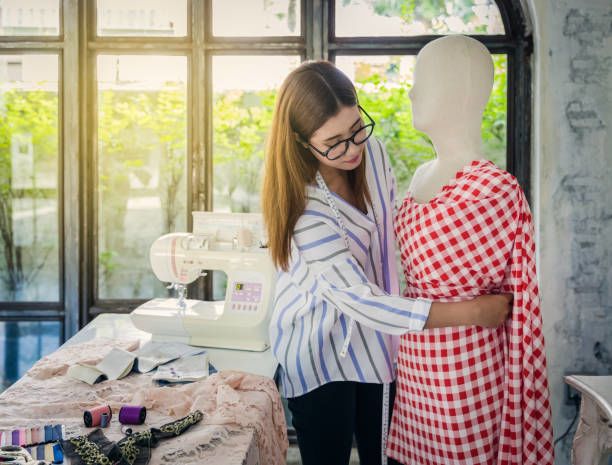

For example, if your bust measures close to size 6 and your waist and hips close to 10, a size 6 dress will probably work best for you. Just pad up the waist and hips and you will be good to go.
However, using a size 10 dress form will be troublesome.
When possible, always choose an adjustable dress form (custom-fit form) since your body is likely going to change over time. Always go for the ones with little dials that allow you to adjust the size in various areas of the body.
However, these dials are only meant to fine-tune your measurements and don’t eliminate the need for you to get the right size in the first place.
In as much as an adjustable dress form could be the best option for sewing your personal garments, it is not ideal if you intend to sew for others in the future.
What to Do If My Body Does Not Fit Exactly into One of Dress Form Sizes?
Needless to say, getting the right size of the dress begins by getting the right size of the dress form.
One way to make sure that you have the right size of dress form irrespective of your body shape is by using a fitting system.
A dress form fitting system is a collection of life-like contoured pads and covers that are interchangeable. It allows women or dresses forms to fit in the same size of cloth even though they are shaped differently.



If your body does not fit exactly into a dress form size, you can customize one at the hips, waist, bosom and the thighs using a fitting system.
With this simple trick, you can duplicate the shape of your mother, client or even a runway model using the same dress form!
Believe it or not, you can add 1 to 3 inches in different areas on your dress form using fitting systems.
The Bottom Line
Ultimately, measuring yourself for a dress form is not complicated at all. With the right knowledge, you can choose the right size for you and even work with sizes you didn’t think you could work with.
At the end of the day, flexibility and open-mindedness are key when choosing and using a dress form.

